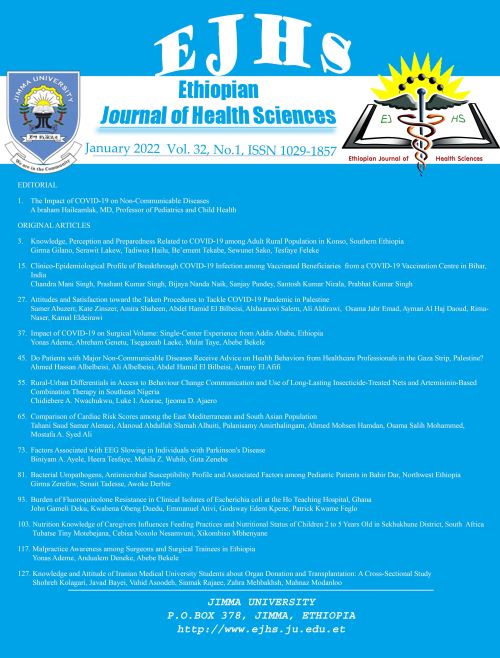Main Article Content
Morphometric Anatomy of the Tibia Plateau in Nigerians
Abstract
BACKGROUND: There are increasing cases of osteoarthritis and associated disabilities with age, hence the need for knee replacement to restore the anatomy and function of the knee. The objective of this study was to determine the dimensions of the tibial plateau in dry human tibias of Nigerians. This will serve as a guide for the tibia components during total knee replacement procedure.
METHODS: This study adopted the descriptive method of the quantitative design and utilized 133 dry tibias. Total transverse width, total anteroposterior length of intercondylar region, transverse widths of medial and lateral tibia plateaus, and anteroposterior length of the plateaus were measured in millimeter (mm). Statistical analysis of the data was done using mean (SD), t-test and correlation, with the aid of SPSS 23. Statistical significance was fixed at p<0.05.
RESULTS: Statistically, the differences between the right and left parameters were not significant. The mean total transverse width was longer than the total anteroposterior length. The mean anteroposterior length of the medial tibia plateau was significantly longer than that of the lateral tibia plateau. The difference between the transverse width of both the medial and lateral tibia plateau was not statistically significant.
CONCLUSION: This study showed that the tibial plateau dimensions can act as guiding tools to the orthopedic surgeon during a knee replacement procedure; and those involved in the fabrication of knee replacement prostheses for Nigerians. The physical anthropologists will also find the anthropometric data invaluable in population studies.






